Shopping Guides
Spot Fake Succulents on the Web
Succulents are diverse and beautiful plants that make great subjects for shareable photos on social media. However, it is good to be aware that not all photos of succulents on the web can be trusted. Over the years we've noticed that many fake and manipulated images of succulents are the ones that go viral on social media sites like Pinterest and Instagram. In addition, photos of extremely rare succulents that exist as genetic one-offs, or flukes of nature, are shared frequently giving the impression that they're readily available in nurseries. As a result, we get countless customer requests for succulents that don't actually exist or are extremely uncommon (usually for a good reason). We created this guide to help you spot the difference between what's real and what's fake or fluky.
The most common fake succulent photos found online are just real succulent photos that have been manipulated and enhanced. A great example of photoshopping is the well-named Bunny Ear succulent (Monilaria moniliformis or Monilaria obconica). These plants are naturally green and adorable, but many photos show them in shades of pink, purple, or aqua blue.
 
|
| Real plant on the left; photoshopped image on the right |
Other photo enhancements will saturate true succulent colors to make them look even stronger. The following photo of blue succulents has been saturated to display colors not found in nature.
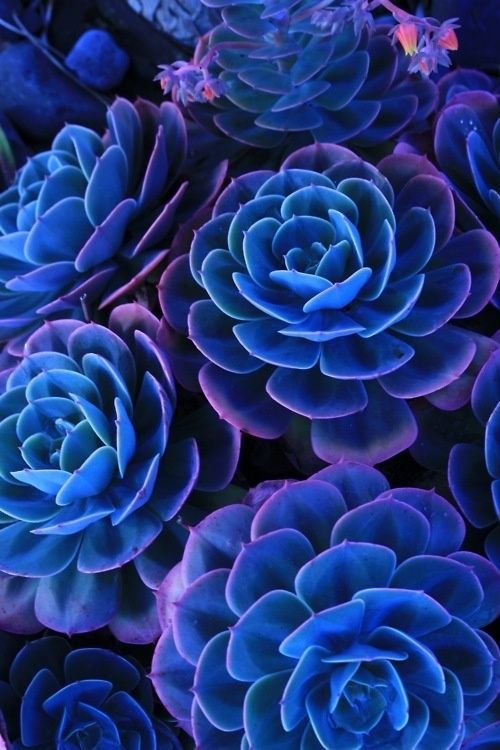
|
| Photo via It's a Green Life |
A number of nurseries also specialize in dyed and spray-painted plants. The plants may appear to have outrageous colors right out of a Crayola box, but spray paint is detrimental their health and as they will show their true colors.
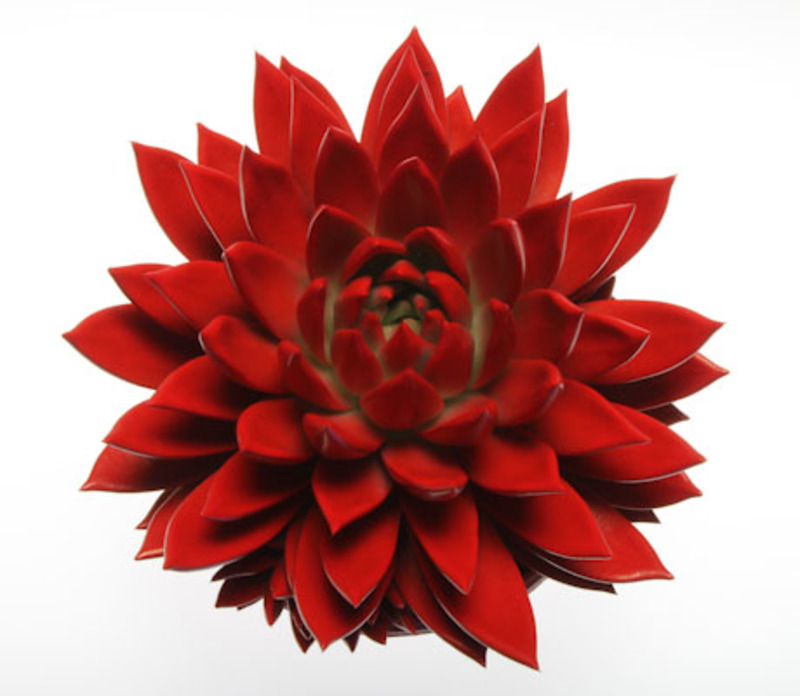
|
| Photo via Eurocactus of an artificially painted rosette |
You may also find photos of extremely rare succulents that have been cross-bred or selected for a specific appearance at the expense of survivability. Often, the exotic qualities that make these plants appealing are flukes of nature that can't easily be replicated, shipped, or transplanted. One example is the spiral aloe. It has stunning radial symmetry, but it is incredibly difficult to grow from seed and will die if moved from its native habitat.
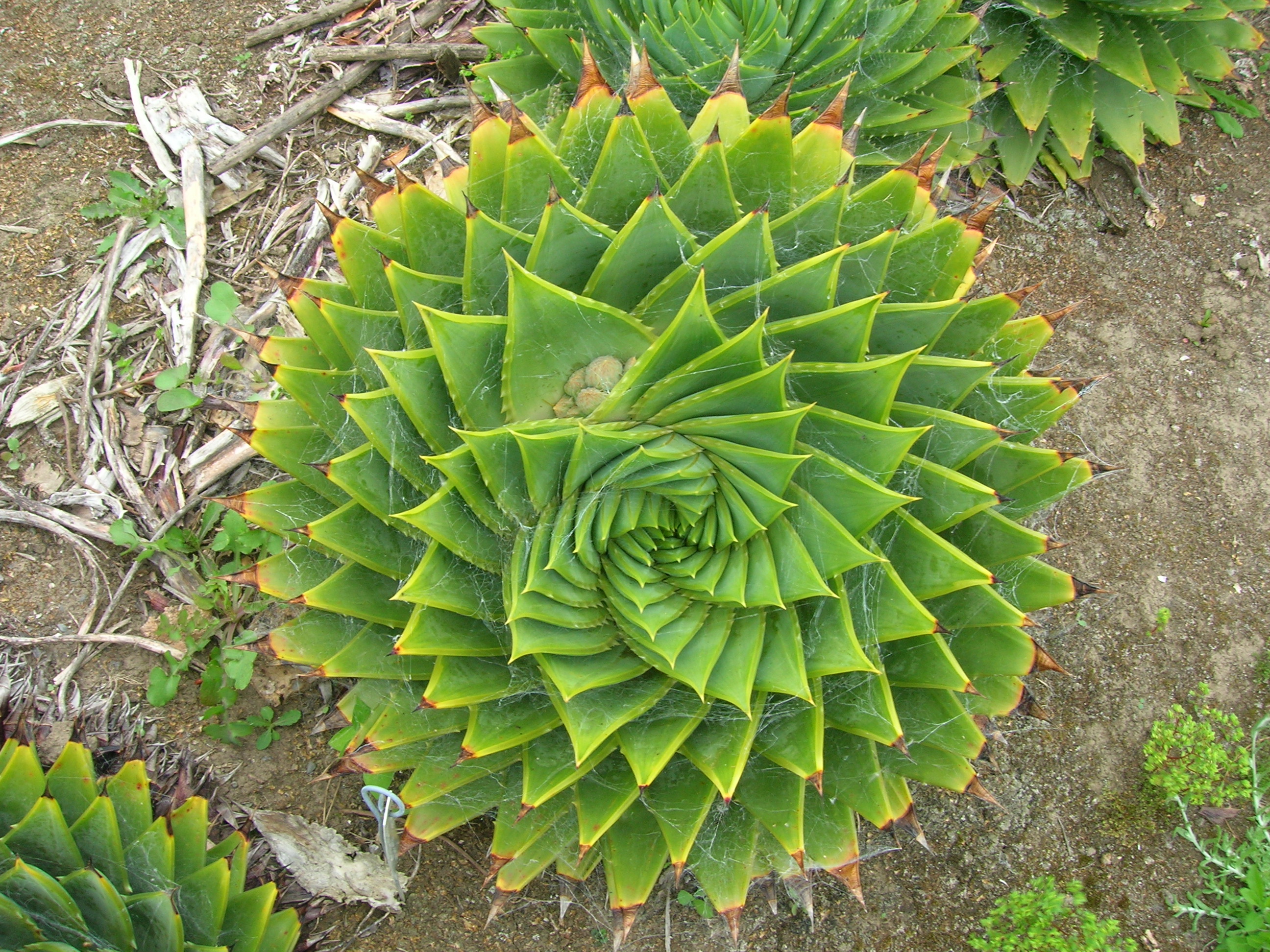
|
| Photo of spiral aloe via J Brew |
The unbelievable 'String of Dolphins' or Dolphin Plant is another variety that can be very hard to find. It is a hybrid of Candle Plant (Senecio articulatus) and String of Pearls (S. rowleyanus), but this unique form does not grow true to seed. It must be propagated from cuttings and it can be a finicky grower, so it is a rare find in collections. We carry String of Dolphins in limited quantities.
SHOP DOLPHIN PLANTS
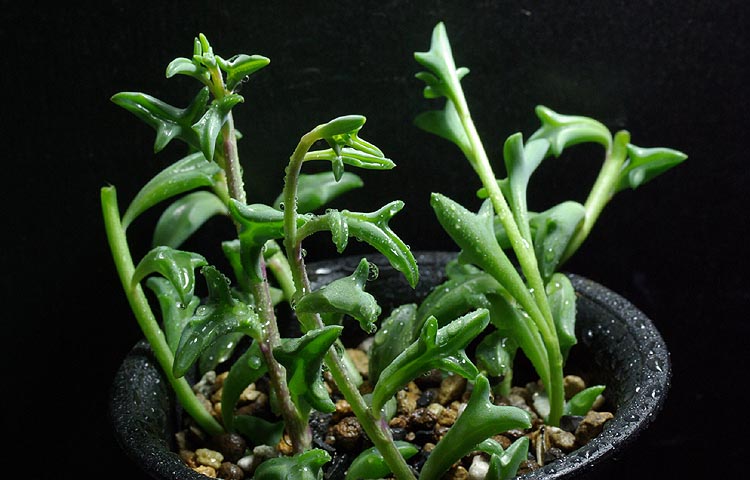
|
| Photo of Dolphin Plant via Flying Garden |
'Buddha's Temple' is another real plant that verges on mythical because of how difficult it is to cultivate. The plant grows incredibly slowly and is most easily started from laboratory tissue cultures.
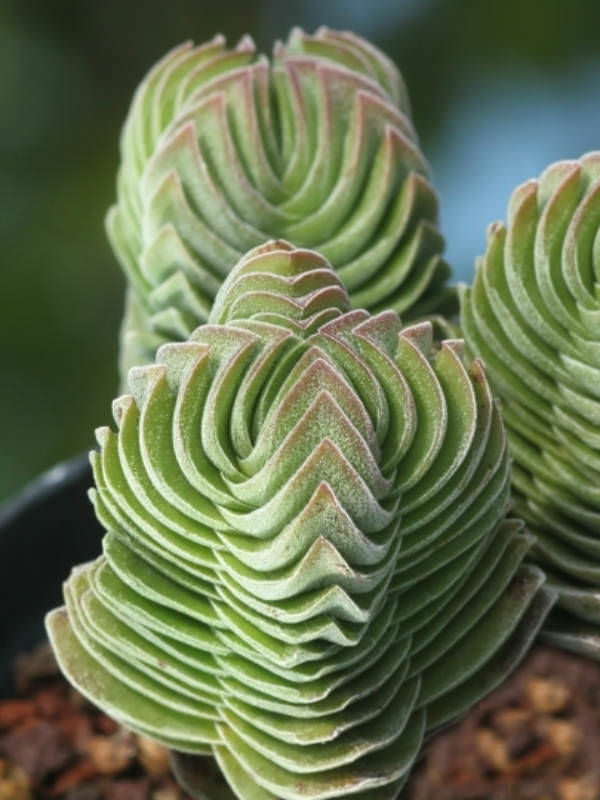
|
| Photo of 'Buddha's Temple' via World of Succulents |
Some plants can even become too popular for their own good. Species like
Greenovia dodrentalis are native only to the Canary Islands and their unique rosettes have led to them exploding in popularity. Demand for these plants has caused them to be harvested to the point that they are now considered an endangered species.
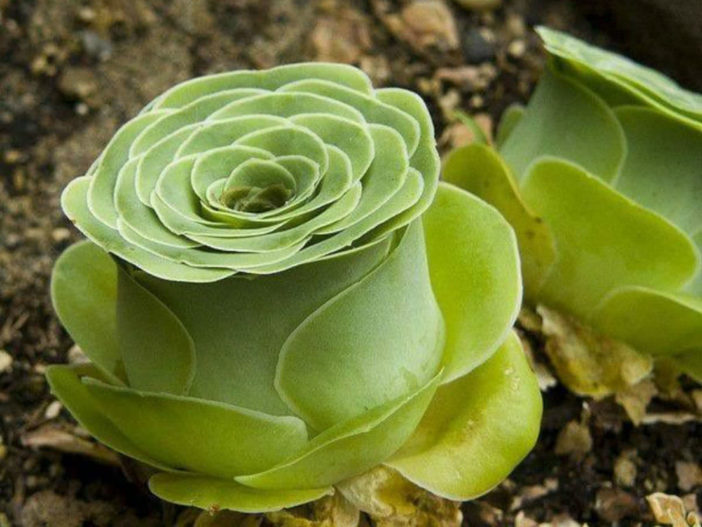
|
| Photo of Greenovia dodrentalis via World of Succulents |
The best way to find real, reliable succulents and not be fooled by the internet, is to always cross-reference species and images with trusted sources, such as:
- The National Gardening Association Plants Database
- San Marcos Growers
- Our good friend Cassidy over at Succulents and Sunshine
- The official Mountain Crest Gardens Catalog
